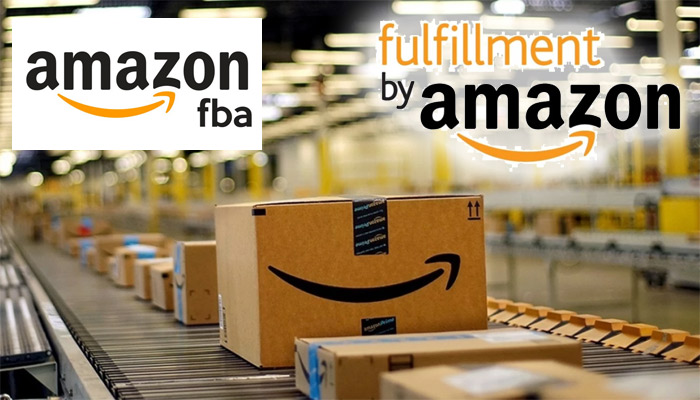The globalization of e-commerce has simplified the complexities that come with businesses selling their products. One way that The US companies organize the overseas production and sell into the USA is through a service provided by Amazon, which many people have come to know as FBA (Fulfillment by Amazon). With FBA, Amazon allows sellers to keep their inventory with the company and use its delivery system for carrying out the order process. In this article, we will explain in detail "how a U.S.-based companies can source for products overseas, ship them to Amazon and make sales using Fulfillment by Amazon".
As of 2024, Amazon has more then 3,5 million active sellers on its platform and that more than a million of them join the marketplace each year. The average profit margins in Amazon FBA are 35% I hear But it very efficient and cost effective for the sellers since Amazon takes care of everything from storage to movement and even back return services.
The sellers include everyone from different continents and sell almost everything under the sun to Amazon’s customers. Selling on Amazon has grown in popularity to many individuals, however, it has been realized that it is very competitive, thus the sellers have to focus on differentiation and product and services experiences in order to sell on such a platform.
How Amazon FBA Work
Step 1: Finding a Foreign Producer
The first step in the entire process of exporting goods and selling it on Amazon utilizing FBA is sourcing foreign manufactured products. This can be achieved in a number of ways, such as going to business exhibitions, getting in touch with those who are in the same business, and looking for producers in the internet especially in websites such as alibaba.com. After a foreign producer has been found, the next step for the U. S. company would be to try and make a deal with them, settling on the price, the mode of payment and even delivery.
Step 2: Adding Products to the Amazon Supply Chain
Following the establishment of connection with overseas manufacturer, the US company will have to integrate the items within the Amazon supply chain. This means inserting the item on sale in Amazon’s product range, which in turn will involve providing pertinent details about the product, its cost, and delivery options. Also, the US-based corporate entity will have to submit relevant product information to Amazon such as how big and how heavy the product is, so that Amazon knows how much to charge customers for shipping.
Step 3: Shipping Products to Amazon's Warehouses
After this listing has been created, goods will need to be sent out to Amazon's warehouses by the US company. After this listing has been created, goods will need to be sent out to Amazon's warehouses by the US company. You can can directly sending the goods to Amazon or request it with your overseas producer. Some freight forwarders familiar with Amazon FBA and can fully organize the process on behalf of you.
Step 4: Fulfillment by Amazon (FBA)
When products arrive at Amazon, a Mexico Amazon warehouse stores them and they are ready to be sold to customers. If the customer makes an order, Amazon fulfills that order by doing the necessary activities of order processing such as product picking and packing and shipping. The fulfillment fee, which the US firm must pay, depends on the dimensions and weight of the item.
Benefits of Selling on Amazon FBA
There are various advantages for U.S. enterprises selling on Afam FBA for the purpose of exporting. Some of the advantages are as follows:
1. Worldwide coverage: The option of selling products on Amazon enables U.S. businesses to find clients from different parts of the world, which in turn helps boost sales and grow the customer base.
2. Lowering supply chain costs: Utilizing Amazon’s logistics network helps the U.S. enterprises in minimizing such expenses that include shipping, warehousing, and order delivery.
3. More straightforward exporting: In general, Amazon FBA fosters the export of goods from other countries by integrating listing of products, fulfilling orders and handling all the external customer interactions under one roof.
4. Enhanced customer support: For B2C businesses, Amazon’s FBA has in place high level of infrastructural support enabling aspects such as quick deliveries, returns and customer care assistance within the shortest time possible.
Conclusion:
In summary ; To expand their business and tap into a market through Amazons FBA service platform is a strategy, for U.S. based companies looking to sell imported goods overseas successfully. By adhering to the guidelines detailed in this piece of writing; U.S. based businesses can forge partnerships with manufacturers; integrate their products into Amazons distribution channels;. Leverage Amazons robust logistics infrastructure, for efficient order processing and delivery. By utilizing the advantages of Amazon FBA (Fulfillment, by Amazon) American businesses have the opportunity to lower their shipping expenses and streamline the process of exporting goods while enhancing customer satisfaction and expanding their reach to markets.

















COMMENTS